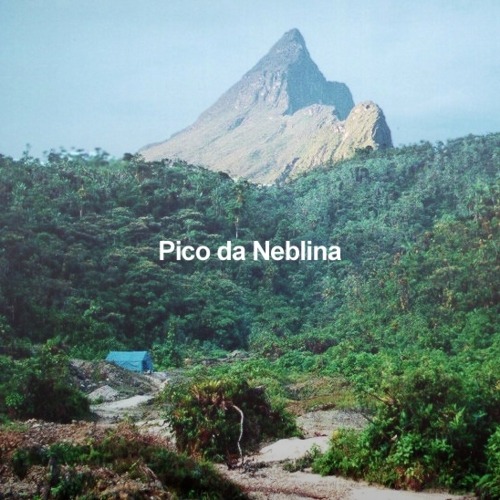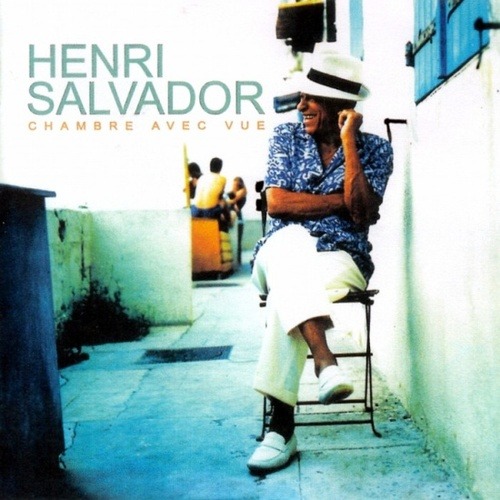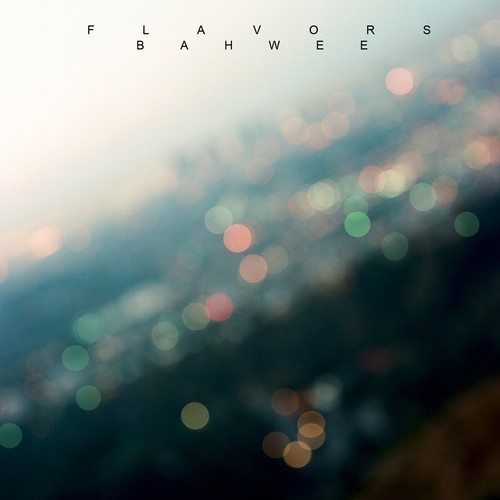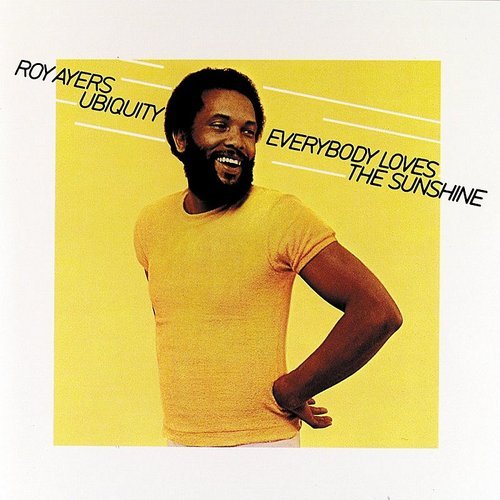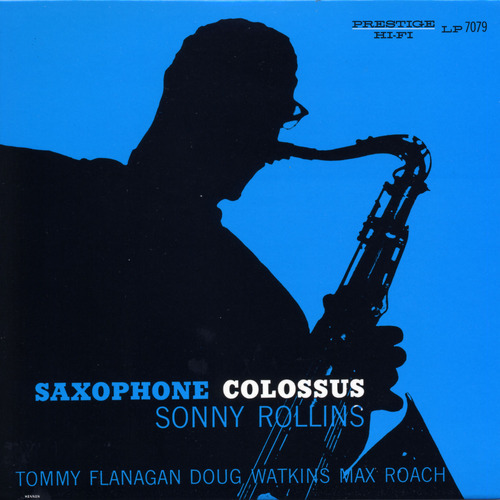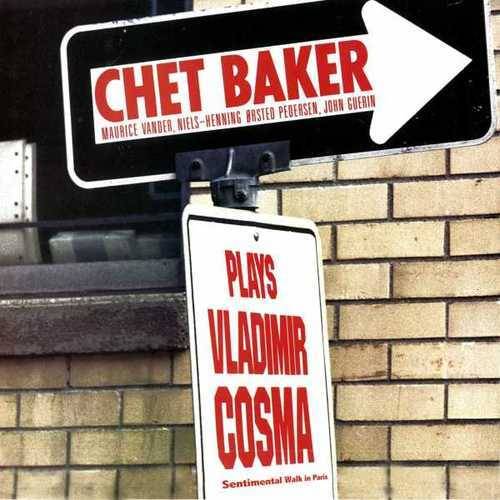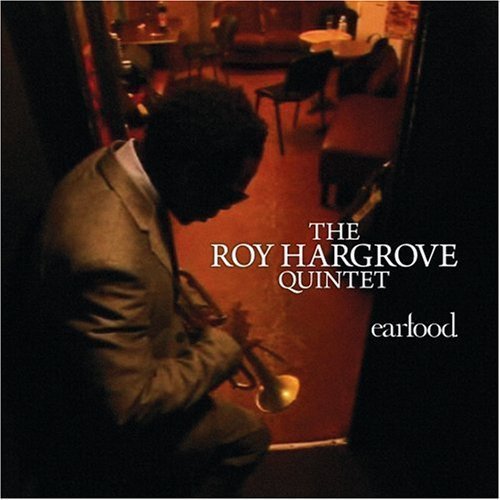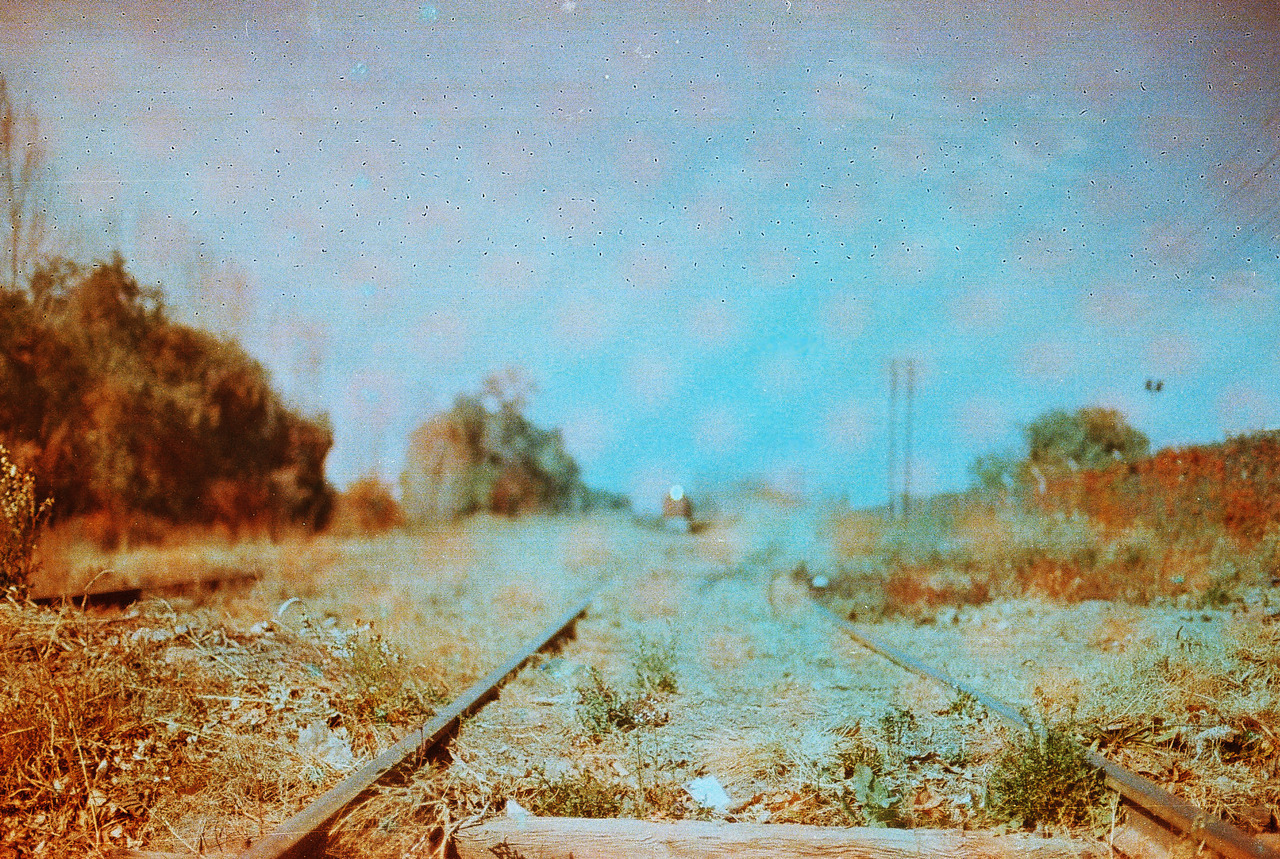
The Art Gallery of Ontario presents "Frida & Diego: Passion, Politics and Painting". The exhibition features over 80 paintings by Frida Kahlo and Diego Rivera and over 60 photographs of the couple. A range of Rivera's painting styles from his early cubist period and studies for his Mexican murals, to his portraits and later landscapes are included. The exhibition also includes almost a quarter of Kahlo's entire body of work.


The AGO describes "Frida & Diego: Passion, Politics and Painting" the exhibition as one that offers a new perspective on the artistic significance of this couple for the 21st century: one which encompasses how their paintings reflect both the dramatic story of their lives together and their artistic commitment to the transformative political and cultural values of post-revolutionary Mexico.
Although I have a passion for the vibrant cultures in Mexico and South America, I have had a particularly difficult time enjoying Frida's art. Despite the many efforts to revisit her artwork, I find many of them quite disturbing. Is it just me? Am I the one? How do you interpret them? Do you have any favourites? Do comment below.
For more information on the exhibition visit the Art Gallery of Ontario.





